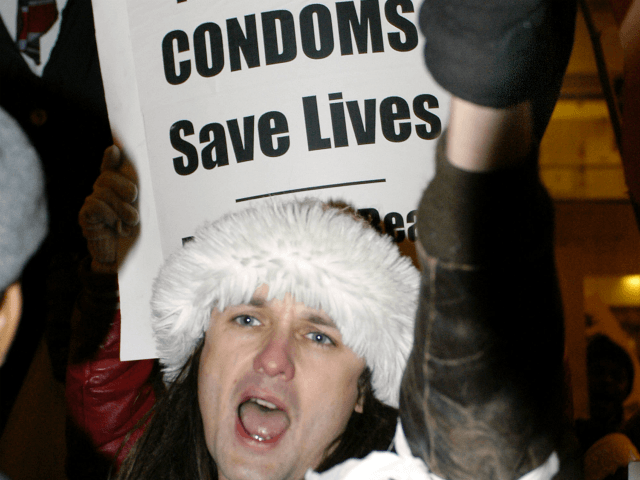A national organization of child and adolescent health professionals says comprehensive sex ed (CSE) programs offered in America’s schools have not been effective at increasing long-term sexual abstinence in young people or long-term condom and contraceptive use in sexually active teens.
The American College of Pediatricians (ACPeds), a national nonsectarian organization of child and adolescent physicians and health professionals, observes most CSE curricula operate on the premise that sexual activity for teens is normal and acceptable.
The group notes:
[I]n 1988, Debra Haffner, then-executive director of the Sexuality Information and Education Council of the United States (SIECUS), wrote in their Report that teens should “explore the full range of safe sexual behavior” and suggested that “a partial list of safe sex practices for teens could include talking, flirting, dancing, hugging, necking, massaging, caressing, undressing each other, masturbation alone, masturbation in front of a partner, and mutual masturbation.”
We're working w/@sexedhonestly @SIECUS @AdvocatesTweets @GLSEN & @HRC to call for LGBTQ-inclusive sex ed:https://t.co/cJksxIba4I #EqualSexEd
— Planned Parenthood (@PPFA) December 2, 2015
“Not all CSE programs include these suggestions, but many do,” ACPeds asserts.
The group states this ideology has not served teen public health well since, as the Centers for Disease Control and Prevention (CDC) notes, “abstinence from vaginal, anal, and oral intercourse is the only 100% effective way to prevent HIV, other STDs, and pregnancy.”
In August, CDC released data revealing that the number of cases of sexually-transmitted diseases (STDs) had skyrocketed for the fourth consecutive year.
“We are in the midst of an absolute STD public health crisis in this country,” said David Harvey, executive director of the National Coalition of STD Directors.
Of the 20 million new STDs reported each year, about half occur among young people between the ages of 15 to 24.
ACPeds notes that while studies suggest a range of factors – such as poverty, discrimination, and drug use – may contribute to STD increases, it is still reasonable to ask, “After forty years of widespread ‘comprehensive sex education’ (CSE) in American schools, why are STDs at epidemic levels among teenagers, and continuing to rise?”
Sexual risk avoidance (SRA) programs, however, typically operate as authentic public health programs, the pediatricians observe, in that they focus on promoting abstinence in young people as the primary means of preventing public health dangers that are sexually acquired.
The goal of the risk avoidance strategy, the groups says, is to “encourage individuals to avoid all risk by not engaging in the high-risk behavior, and, if individuals are already engaged in high-risk behavior, to encourage them to stop the behavior and return to risk-free behavior.”
The pediatricians assert the common CSE ideology that risk avoidance is “not attainable, and the best anyone can do to help our youth is to reduce risk by promoting contraceptive education and services,” is not helping young people to remain free of STDs, since even condoms, if used, are not 100 percent effective against STDs.
“In short, Comprehensive Sex Education (CSE) is not comprehensive,” ACPeds reports. “Instead, CSE is almost entirely focused on skills to help teens reduce the physical consequences of sex through the use of contraception.”

COMMENTS
Please let us know if you're having issues with commenting.